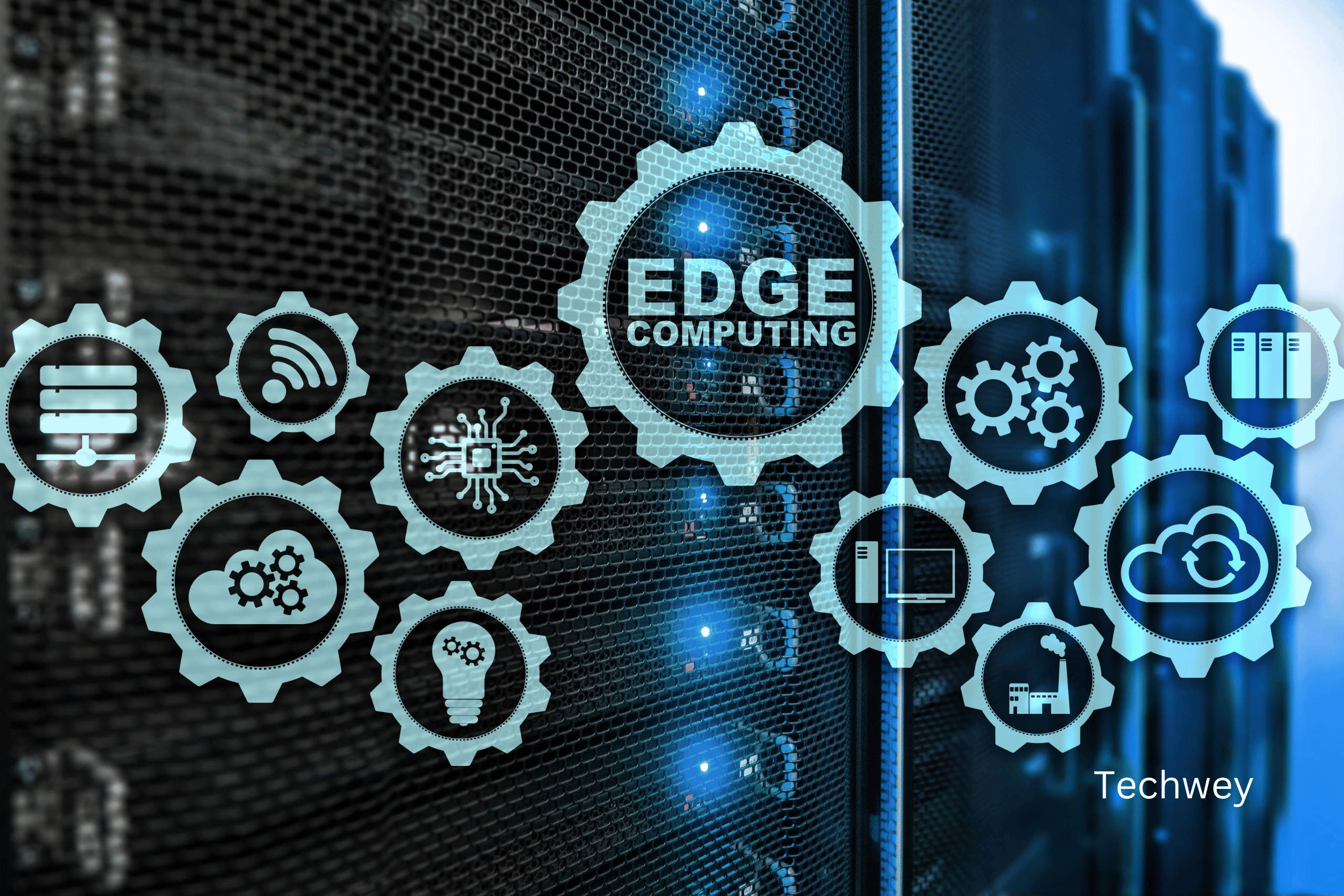
Edge Computing: Revolutionizing Data Processing in a Decentralized Era
The rapid proliferation of IoT devices and real-time applications has placed edge computing at the center of technological innovation. As data generation accelerates exponentially, the need for efficient, low-latency data processing has grown. Edge computing, which processes data closer to its source, provides a transformative solution to traditional cloud computing’s limitations.
What Is Edge Computing?
Edge computing is a distributed IT architecture where data is processed near the device that generates it instead of being sent to centralized servers or cloud data centers. This approach reduces latency, enhances data privacy, and optimizes bandwidth usage. In industries that rely on instant decision-making, such as autonomous vehicles or industrial automation, it is a game-changer.
Why Edge Computing Matters
- Low Latency: By eliminating the need to transmit data over long distances to cloud servers, it reduces response times. This is vital for applications like self-driving cars, where even a millisecond delay can have significant consequences.
- Improved Security and Privacy: Sensitive data is processed locally, minimizing exposure to cyber threats and reducing compliance risks associated with transmitting data across borders.
- Bandwidth Efficiency: By processing data at the edge, businesses can significantly reduce the volume of data sent to centralized servers, saving costs and preventing network congestion.
Applications of Edge Computing
- Healthcare: Wearable devices like smartwatches or fitness trackers monitor patients in real-time, providing early warnings for critical conditions without relying on distant cloud servers.
- Smart Cities: Traffic management systems analyze and respond to congestion instantly, optimizing traffic flow and reducing emissions.
- Retail: Edge-powered solutions personalize shopping experiences, such as real-time product recommendations in physical stores based on customer behavior.
- Gaming: Edge servers reduce latency for online gaming, enabling smooth, immersive experiences for players worldwide.
Challenges and Future Potential
While it offers substantial benefits, it also comes with challenges like managing distributed infrastructure, ensuring seamless integration with cloud environments, and addressing potential security vulnerabilities. However, advancements in AI and 5G networks are paving the way for broader adoption. As businesses continue to innovate, edge computing is expected to power next-generation technologies, from connected vehicles to augmented reality.
Read more Tech related articles here





Leave a Reply